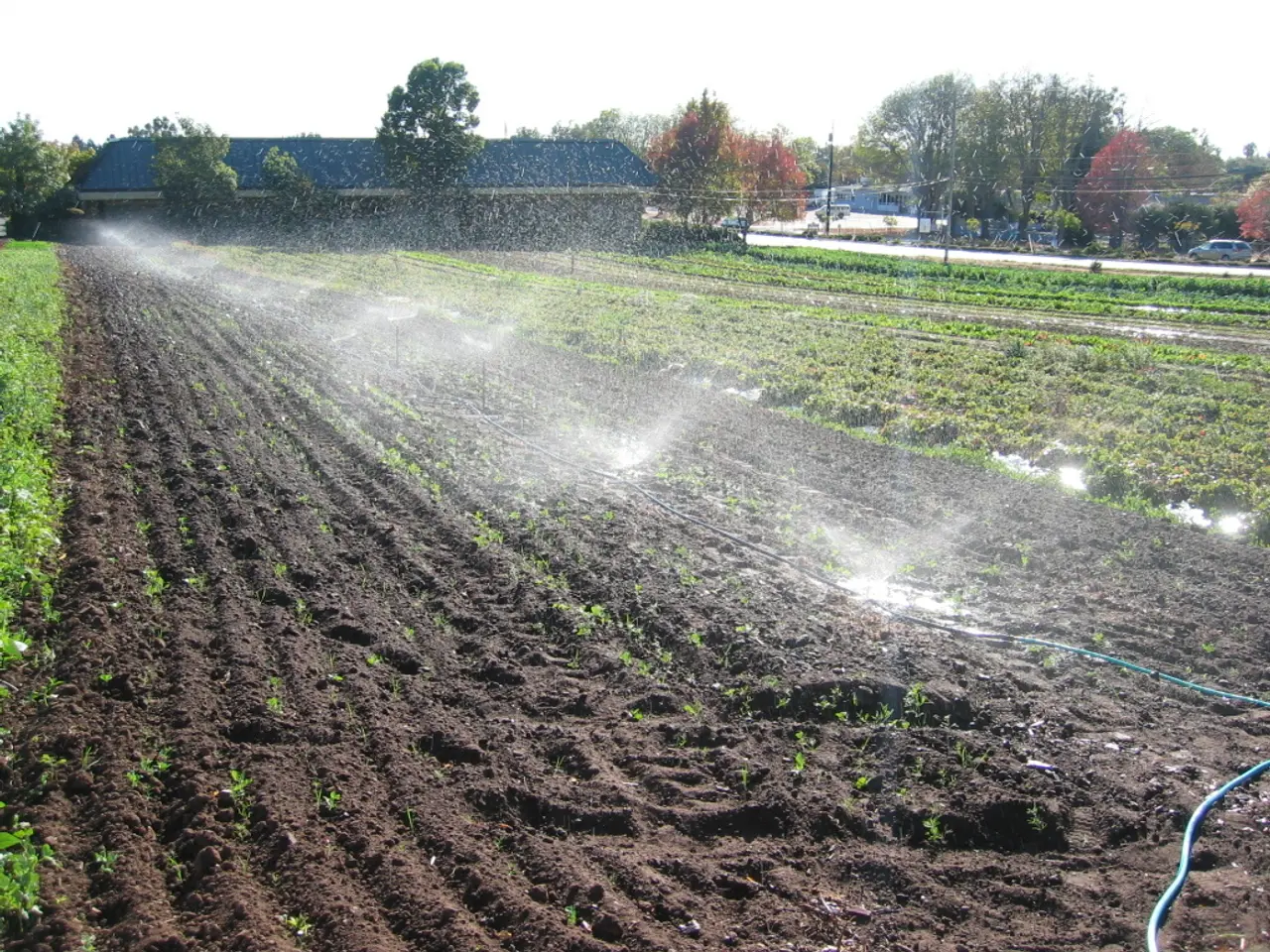Hurricane season is gearing up for intense activity in the Atlantic
The National Oceanic and Atmospheric Administration (NOAA) has forecast an above-normal Atlantic hurricane season for 2025. This prediction is based on a combination of factors, including warmer-than-average ocean surface temperatures, weak wind shear, and an active West African monsoon.
Ocean surface temperatures play a crucial role in hurricane development. Warmer waters provide more heat and moisture, increasing the likelihood of stronger tropical storms and hurricanes. This additional energy fuels deeper convection and more intense cyclone dynamics, making storms more frequent and potentially more severe.
NOAA's forecast for 2025 predicts 13 to 19 named storms, with 6 to 10 hurricanes, and 3 to 5 major hurricanes (Category 3 and higher). These numbers align with the contributing factors, indicating an active season. The forecast remains consistent through the summer, affirming the ongoing influence of these key climate drivers.
The Madden-Julian Oscillation (MJO) may further increase the risk for additional storms in late August as it crosses Africa. This oscillation, a natural fluctuation in tropical rainfall, could add to the increasing activity in the Atlantic Basin after August 15, according to the Washington Post.
As of August 8, the 2025 Atlantic hurricane season has produced four tropical storms. Remnants of Tropical Storm Barry contributed to deadly flooding in the Texas Hill Country, and Tropical Storm Chantal caused significant damage in North Carolina. However, no hurricanes have formed so far this season.
The National Hurricane Center (NHC) is monitoring two areas of interest for storm development. Despite the low odds of development for both systems, strong marine heatwaves over much of the North Atlantic off the East Coast raise concerns about potential hurricane activity.
Department of Defense meteorologist Eric Webb suggests that atmospheric conditions may help more storms make landfall on the East Coast than normal this season. High ocean surface temperatures are another concern, as they provide the energy needed for storm formation and intensification.
As the global average temperature rises, marine heatwaves are becoming more intense and persistent. This trend, coupled with the active Atlantic hurricane season, underscores the importance of preparedness and vigilance. Stay tuned for updates as the season progresses.
[1] NOAA. (2025). 2025 Atlantic Hurricane Season Outlook. Retrieved from https://www.noaa.gov/weather/hurricane
[2] The Washington Post. (2025, August 7). NOAA predicts above-normal Atlantic hurricane season for 2025. Retrieved from https://www.washingtonpost.com/weather/2025/08/07/noaa-predicts-above-normal-atlantic-hurricane-season-2025/
[3] National Geographic. (2025, August 8). What's driving the 2025 Atlantic hurricane season? Retrieved from https://www.nationalgeographic.com/science/article/2025/08/whats-driving-the-2025-atlantic-hurricane-season
[4] The Weather Channel. (2025, August 8). Four tropical storms form in the Atlantic so far this season. Retrieved from https://www.weather.com/storms/hurricane/news/atlantic-tropical-storms-2025
[5] AccuWeather. (2025, August 8). NOAA predicts above-normal Atlantic hurricane season for 2025. Retrieved from https://www.accuweather.com/en/weather-news/noaa-predicts-above-normal-atlantic-hurricane-season-for-2025/1144682
- The active West African monsoon, a factor in NOAA's 2025 hurricane season prediction, plays a significant role in earth-science and climate-change studies, as it contributes to weather patterns and rainfall distribution.
- In the future, technology and environmental-science may play crucial roles in weather-forecasting, allowing meteorologists like Eric Webb from the Department of Defense to predict more accurately the potential for more storms making landfall on the East Coast than normal this season.
- Gizmodo, an online news publication that covers technology and the sciences, reported on the influence of marine heatwaves and earth-science on hurricane development, emphasizing the importance of ocean surface temperature in tropical storm formation.
- The 2025 Atlantic hurricane season has already seen four tropical storms, and scientists warn that increased ocean surface temperatures provide energy for storm formation and intensification, as demonstrated by the remnants of Tropical Storm Barry and Tropical Storm Chantal.
- According to the National Oceanic and Atmospheric Administration (NOAA), the prevention and mitigation of the impacts of potential hurricanes can involve collaboration between science disciplines, including earth-science, climate-change research, and weather-forecasting, to improve preparedness and emergency responses.








